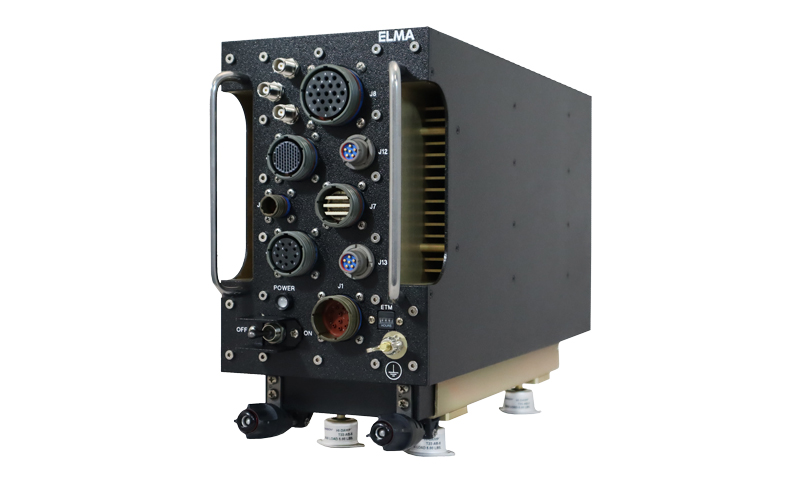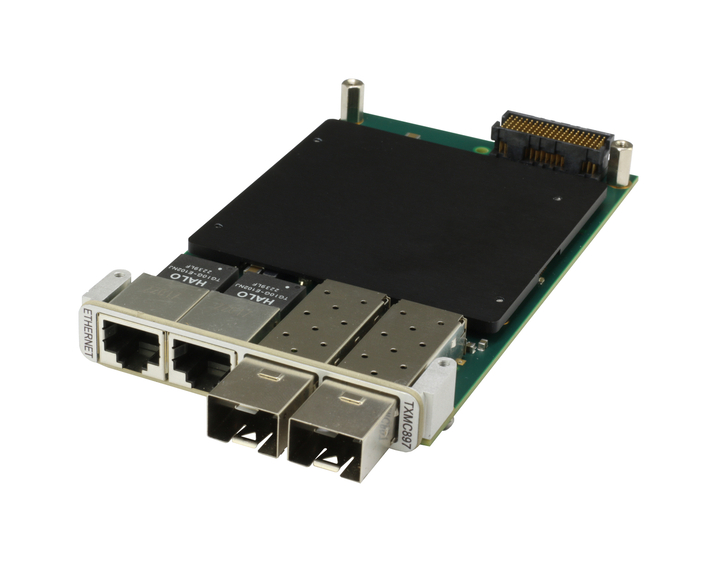A Package Walks into a Barcode…
At the time of the DLA briefing mentioned above, bar codes were just coming into vogue in the DoD (and in civilian life, too) and that DLA representative spoke of the promise of a magical new technology called Radio Frequency Identification (RFID). RFID today comes in two flavors – passive and active – and consists of silicon chips affixed to materiel, goods, pallets, or containers for the purposes of tracking inventory. In the DLA’s case, RFID tags can be read autonomously from 3 meters (about 9 feet) away. This alleviates the human involvement of having to bar code scan everything by getting right up next to the item. General Motors, for example, has spoken of RFID’s advantages in automating parts movement by eliminating the human element – especially in hazardous areas like robotic warehouses or assembly lines.
In a recent discussion with Greg O’Connell, Manager of Government Sales for Zebra Technology, I learned that the DoD mandated the use of RFID on January 1, 2004 and that the DoD’s Auto ID Technology Office is responsible for offering guidance to the Services and contractors. Passive RFID tags – the tag consisting of the RFID silicon chip and the antenna – can be embedded into paper transit labels or bar codes printed by Zebra printers (see Figure). The $3.2 billion company just shipped its 5 millionth printer and sees RFID labels as a potentially lucrative business.
However, despite the promise of RFID at tracking materiel possibly down to the individual National Stock Number (NSN) item (instead of merely the container or the pallet), and the ability to automate logistics management by getting the human out of the loop (and out of harm’s way), O’Connell says that “RFID will not improve a bad process.” In fact, he says that it will only make it worse. That means that MRP systems and other flawed logistics infrastructure can’t rely on RFID technology as a panacea.
Budget Constraints
Moreover, one of the bigger issues with RFID deployment in today’s military is budget. Although RFID is “mandated”, it’s mostly unfunded. Worse, individual programs are left to sort out RFID plans and funding on their own. For example, RFID tags could be used to track replacement parts such as tires or engines for HMMWVs deployed in Iraq or Afghanistan. But it would be up to the Army Materiel Command – and Tank Automotive Command (TACOM, Program Manager for Hummers) – to figure out how to use RFID and how to pay for it. And despite RFID’s promise, setting up the infrastructure isn’t cheap. Configuring a series of DLA logistics centers cost the government a reported $14.6 million in a contract awarded to ODIN Technologies in May 2006.
How Secure is it?
And then there’s the issue of security. Even though passive RFID tags only contain “flat file” comma-delimited data that mimics a paper label or bar code (what Zebra’s O’Connell calls license plate data), it has been demonstrated several times this year that security exploits can be written that change the RFID data.
That spoofed data can then be read by a reader which itself might become compromised and tricked into altering other data – either in the enterprise system connected to the reader, or on subsequent RFID tags. In this scenario, an enemy could, for example, cause an RFID reader and the materiel MRP system to think there were more drums of diesel fuel on a delivery truck than there really were. Over time, less fuel might be shipped as planners believed a surplus was accumulating at the front lines, when in fact military vehicles were running dangerously short on fuel stores.
RFID’s Promise is Real
Zebra says this kind of scenario is unlikely and improbable with passive RFID tags that can be either “locked” or coded as “write once, read many”. However, hackers and enemy combatants seem to always pry open the smallest of lids to plant their malware.
In the limit, we all use personal computers and cell phones that are notoriously insecure, and RFID’s security concerns are no different. After all, RFID promises big gains to DoD logistics management, possibly saving the government money through more efficient planning and just-in-time inventory management.
Once the funding issues are resolved and programs get into the swing of tracking their materiel shipments down to finer detail, the DoD’s 60,000 suppliers and 100,000+ sub-suppliers will be better positioned to meet the demands of tomorrow’s war fighters. RFID can help realize the DLA’s vision presented 10 years ago.










